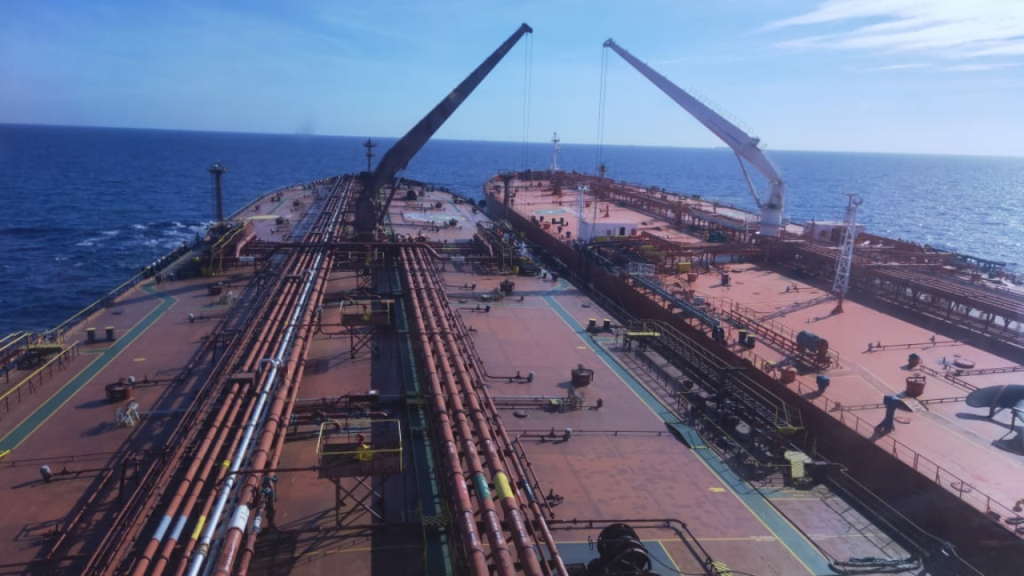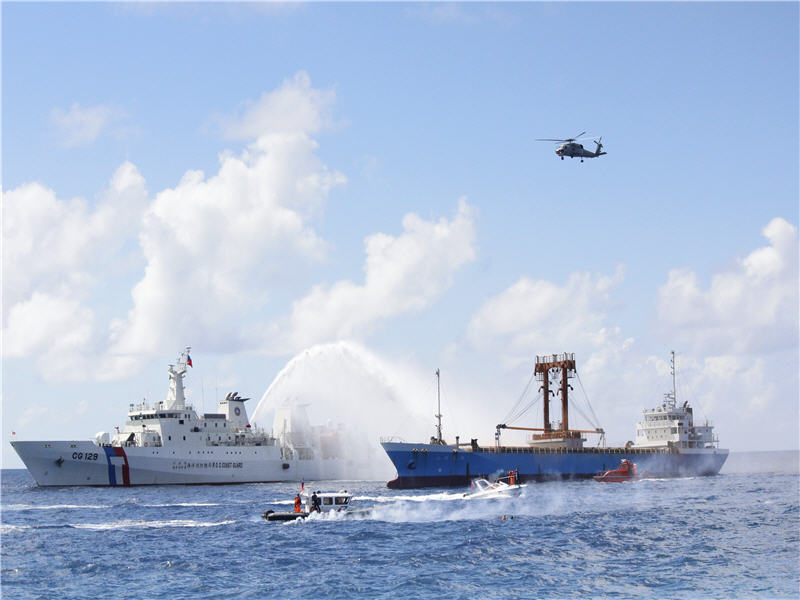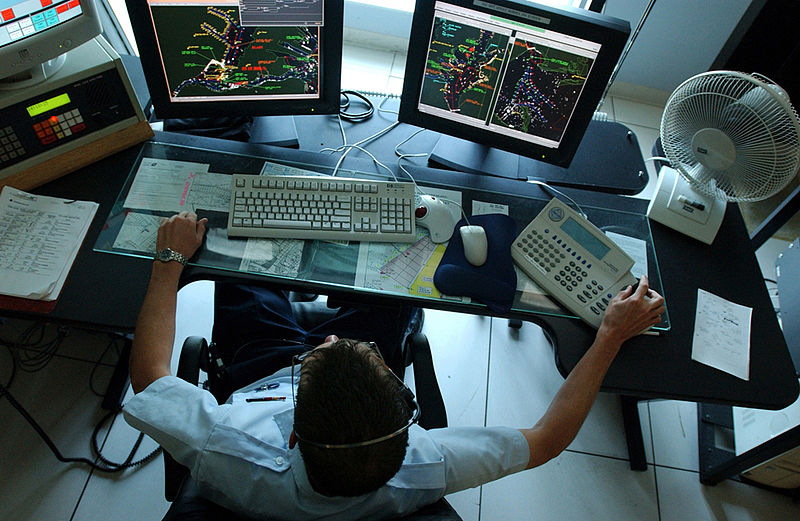
They sail without names, appear on radar as dark vessels halfway through their journeys, and occasionally carry cargo other than oil in their metal bellies. To Washington, such “ghost ships” are no longer a maritime curiosity they are a sanctions-busting behemoth fueling the Kremlin’s war effort, and President Donald Trump has signaled he intends to close it down.

1. A Network Built to Evasion
By mid-2024, Russia’s ghost fleet had 400 or so crude carriers and around 200 product tankers roughly 20 percent of the global fleet of crude vessels. They transport over 70 percent of Russia’s oil exports, dodging the G7 $60-per-barrel price cap and EU sanctions. Most are more than 15 years old, bought in second-hand markets, and flagged in “flags of convenience” in the Marshall Islands, Liberia, or Panama. This dispersed pattern of ownership, usually hidden behind shell companies in Dubai or the Seychelles, makes enforcement lengthy and tedious.

2. Engineering the Disappearance
At the heart of the fleet’s stealth capability is Automatic Identification System (AIS) spoofing, a transponder-based tracking system required for maritime safety. Occasionally, ships turn off AIS to “go dark,” or use AIS spoofing, sending out bogus coordinates to conceal their whereabouts. These strategies are sometimes accompanied by ship-to-ship (STS) transfer in out-of-the-way oceans trades that include accurate maneuvering, proprietary fendering systems, and dynamic positioning technology to stabilize ships as crude is taken aboard by high-capacity transfer hoses. Performed in the eastern Med or off the coast of West Africa, STS transfers enable Russian crude to be re-exported under new bills of lading before it arrives at Chinese, Indian, or Turkish ports.

3. India in Crosshairs
Trump’s newest trade salvo is aimed at India’s business of processing discounted Russian oil and selling it to the world. “It’s going to be a little bit of a process, but the process is going to be over with soon,” he said in an interview to reporters, presenting the shift as part of a larger sanctions enforcement strategy. India’s refineries, partially equipped with the ability to process heavy crude, have become strategic hubs in this black market supply chain, mixing Russian oil with harder-to-trace products.

4. China’s Strategic Calculus
China is Russia’s second-biggest crude buyer and Iran’s largest oil importer, accepting sanctioned supplies even from the Arctic LNG 2 project. Capacity tankers carrying as much as 150,000 cubic meters of LNG have docked at Chinese ports in defiance of U.S. sanctions, showing Beijing’s pragmatism over energy security. Turnaround times are highly efficient often shorter than 24 hours in port indicating well-coordinated logistics planning between Russian suppliers and Chinese buyers.

5. Hybrid Warfare at Sea
The ghost fleet’s purpose is more than commercial. In late 2024, the Finnish port city of Helsinki impounded Cook Islands-flagged tanker Eagle S when the Estlink 2 power cable from Finland to Estonia was cut. Investigators are assuming the tanker dropped its anchor astern deliberately as part of a trend that includes damage to submarine telecommunication cables in the Baltic. Other vessels have been intercepted with sophisticated spy gear, where the distinction between honest trade and state-run subterfuge is becoming indistinguishable. NATO’s Baltic Sentry operation now sends frigates, maritime patrol aircraft, and unmanned surface vehicles to track and deter such activity.

6. The Environmental Time Bomb
With more than 72 percent of the fleet more than 15 years old and all but a few lacking sufficient Protection & Indemnity (P&I) coverage, the potential for catastrophic spills is rising. In March 2024, the uninsured Andromeda Star narrowly escaped catastrophe after a collision off Denmark in ballast in February 2025, a on-board explosion wrecked a fully loaded fuel tanker at Ust-Luga. These events expose the engineering weaknesses of in-service old-age hulls subject to intense maintenance regimes.

7. Flag States Under Pressure
Panama, whose register contains 18 percent of the world’s fleet by tonnage, has started to cancel registrations on sanctioned ships and refuse registration to tankers older than 15 years. Between 2023 and mid-2025, almost three-quarters of the intercepted vessels were older than that. The same vessel is being pushed harder in the Bahamas and the EU, yet maritime intelligence companies caution that whatever is done can at best drive the “flag-hopping” on to more liberal registers.

8. Tracking the Untrackable
Maritime enforcement officials are coming to rely increasingly on SAR satellites, which can spot ships even when AIS is turned off, and on gigantic big-data analysis systems correlating port stops, cargo manifests, and insurance claims. These technologies, however, need to be harmonious intelligence sharing by navies, coast guards, and financial regulators a so-called “whole-of-government approach” to making smuggling “harder and harder to do,” in Center for Strategic and International Studies’ Benjamin Jensen’s terminology.

The test for the Trump administration will be to coordinate these enforcement measures with economic and diplomatic coercion, responding against a fleet already shown capable of adapting more quickly than sanctions can be crafted.

